Credit cards are ridiculously convenient. You can now shop from the comfort of your couch while streaming your favorite television show. However, using your credit card online can make you vulnerable to fraud and identity theft. Here are 7 tips to protect yourself when making purchases online.

Roman Samborskyi/shutterstock.com
Tip 1: Only Use your Credit Card on Reputable Websites
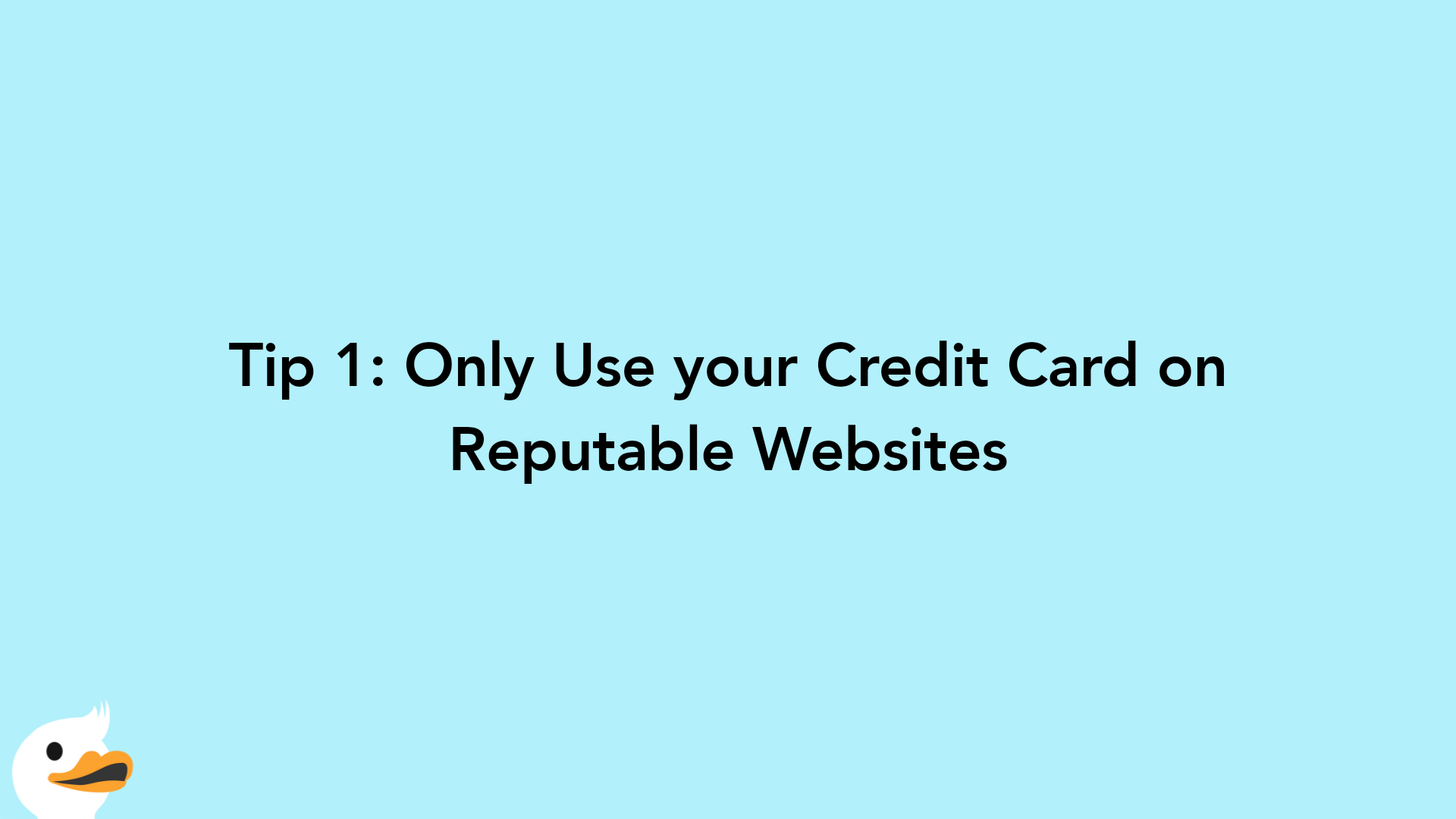
When you shop online, it is important to only go to websites that you trust. This ensures that you are spending money at a legitimate business, instead of a fake website that steals your information, sends you a useless or counterfeit good, or no product at all. At times, there may be fake online reviews that sing the praises of a product on a website. Or, there is a lack of full cost disclosure. You may see a good deal on a product, only to learn that there are additional fees, like shipping, that may deliberately be hidden until late in the checkout process.
Scammers often make sites look realistic. They can even include fake seals of approval from organizations, such as McAfee. These seals let the consumer know that the organization has tested the authenticity and trustworthiness of the vendor. Of course, a fake website may also have a fake seal. However, if there is no seal at all, you should do a bit more research before purchasing.
One good rule of thumb is to always carefully type in the url yourself. Mari Frank, attorney and author of “The Complete Idiot’s Guide to Recovering from Identity Theft” advises to skip the links from emails and advertisements. These may look genuine, but you can’t trust them. Furthermore, always double check your URL before entering the site. One mistyped letter can bring you to a completely different website.
Tip 2: Be Aware of Phishing Scam

A phishing scam is a type of cyber crime that targets its victims through email, telephone, or text message. They pose as a legitimate institution in order to lure individuals into providing sensitive information. Scammers may send out mass emails that are supposedly from an online store asking for your details after a transaction. They may ask you to confirm your credit card number, CVV (Card Verification Value) number, or some type of personal financial information.
You should never need to click any links or input any additional information after you have purchased something. Instead, contact the merchant directly if you think the issue is legitimate. Verify the phone number and website addresses independently. The contact information sent in that email is not reliable!
Tip 3: Actively Seek Website Encryption
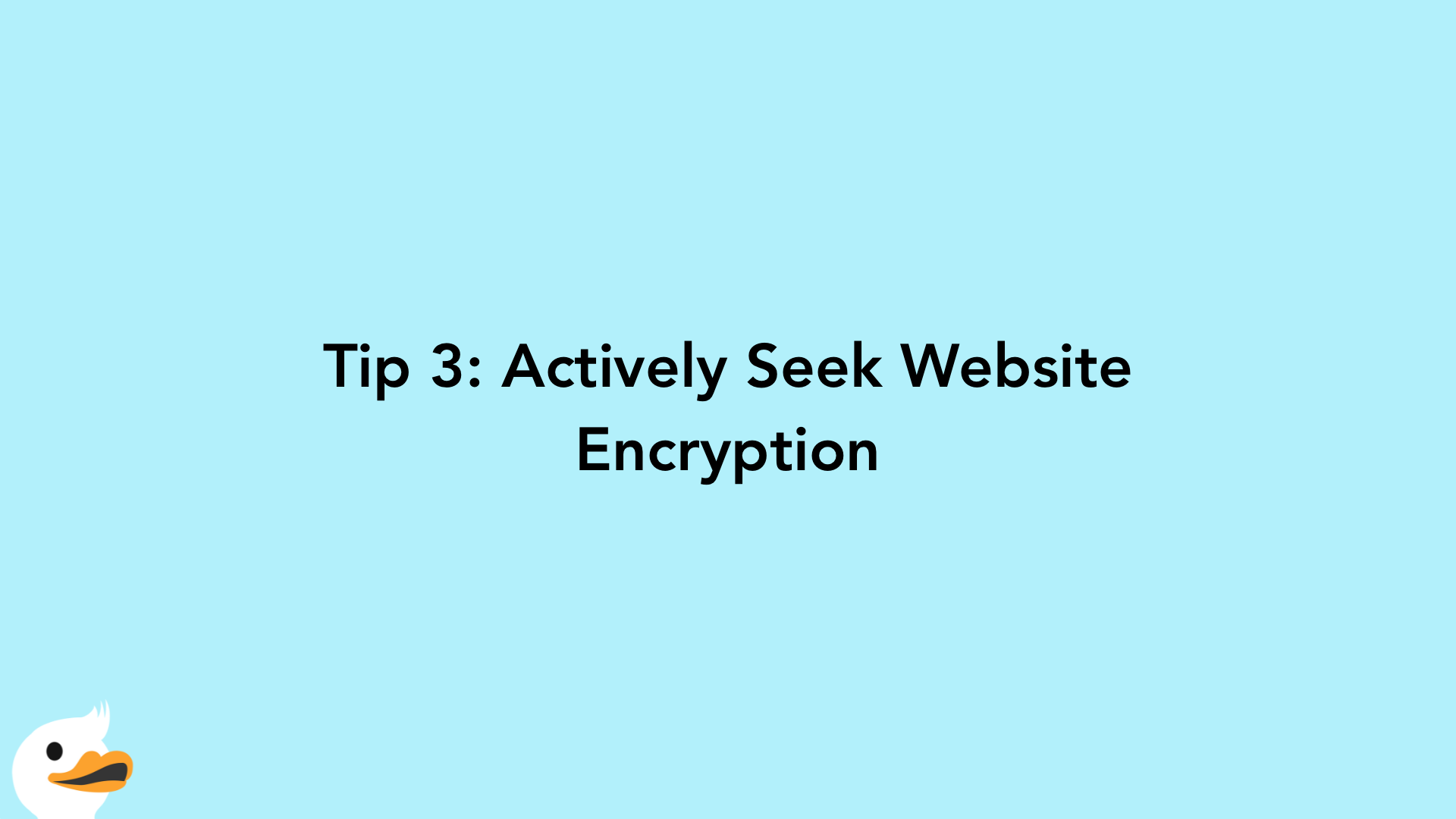
When it is time to enter your information, take a look at the website address. http:// is an unsecured site. https:// has an extra “s” that indicates the site uses an encryption system to scramble your information. At times, you may see an image of a lock next to https. Even if you are on a secured site, never give out more information than needed. There are 5 basic things that a merchant will ask you for: your name, the full credit card number, the expiration date, the CVV number or the 3 or 4 digit security code, and possibly a shipping address.
When designing a password for online websites, a strong password is an additional level of protection from thieves. Try not to use the password, “password,” or use details that are easy to guess, such as family member names or birthdays. A strong password is a mix of numbers and letters, both uppercase and lowercase characters and at least one special symbol like @ or !. Always make your password unique. Don’t use the same password for multiple accounts. In case one website is compromised, the thief won’t gain access to everything.
Tip 4: Avoid Shopping in Public or Using Public Wifi

Public computers give you convenient access to the Internet. They are great for browsing, however are less secure than your home encrypted computer. There is a chance that these computers could have a keylogger software that capture all your keystrokes, including your login information, credit card number, and any other sensitive information you view.
Never save your login information on websites. The next person who uses the computer may have access to your accounts. Always log out. An extra step is to clear the browser’s cache to ensure that no cookies are stored from your session.
Even if you are on your own computer, you should avoid using public Wifi. The security on these hotspot networks are often lax or nonexistent. Hackers also have access to the same wifi signal and can intercept your data. This is known as a Man-in-the-Middle or MitM attack. Essentially, these hackers are eavesdropping as you send data from your computer to the website and see everything you are doing and typing.
Mari Frank also advises not making purchases from a cell-phone. Computers are designed to have a secure firewall, anti-virus and anti-spyware software. Cellphones are naturally less secure.
Tip 5: Use Your Credit Card Over a Debit Card
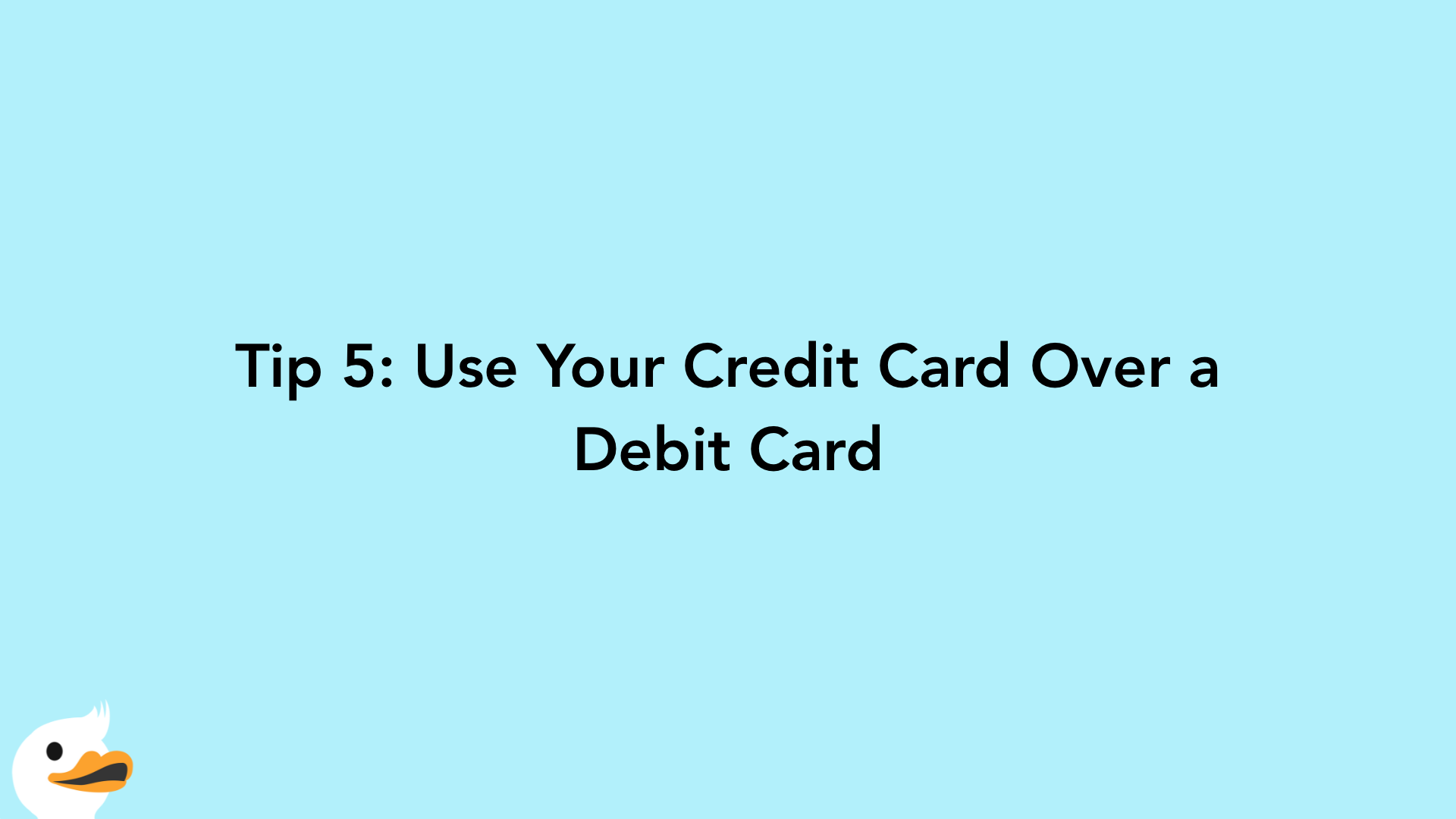
Debit card transactions are immediate and transfer funds from your checking account to the merchant’s account. If you are a victim of fraud or theft with a debit card, it is extremely difficult to get your money back. A police report is required and an extensive fraud investigation is launched. Needless to say, your access to your money will be significantly delayed. The worst case scenario is that you could be responsible for the entire amount.
Credit cards offer more protection against fraudulent charges than debit cards. Some cards have zero-liability policies, which means you pay nothing if your card is stolen and used. Another advanced feature of some credit cards is the ability to use a one-time use credit card number. A random card number is generated and linked to your account. This makes it harder for criminals to steal your real information!
Tip 6: Match Your Email Receipt to Your Billing Statement
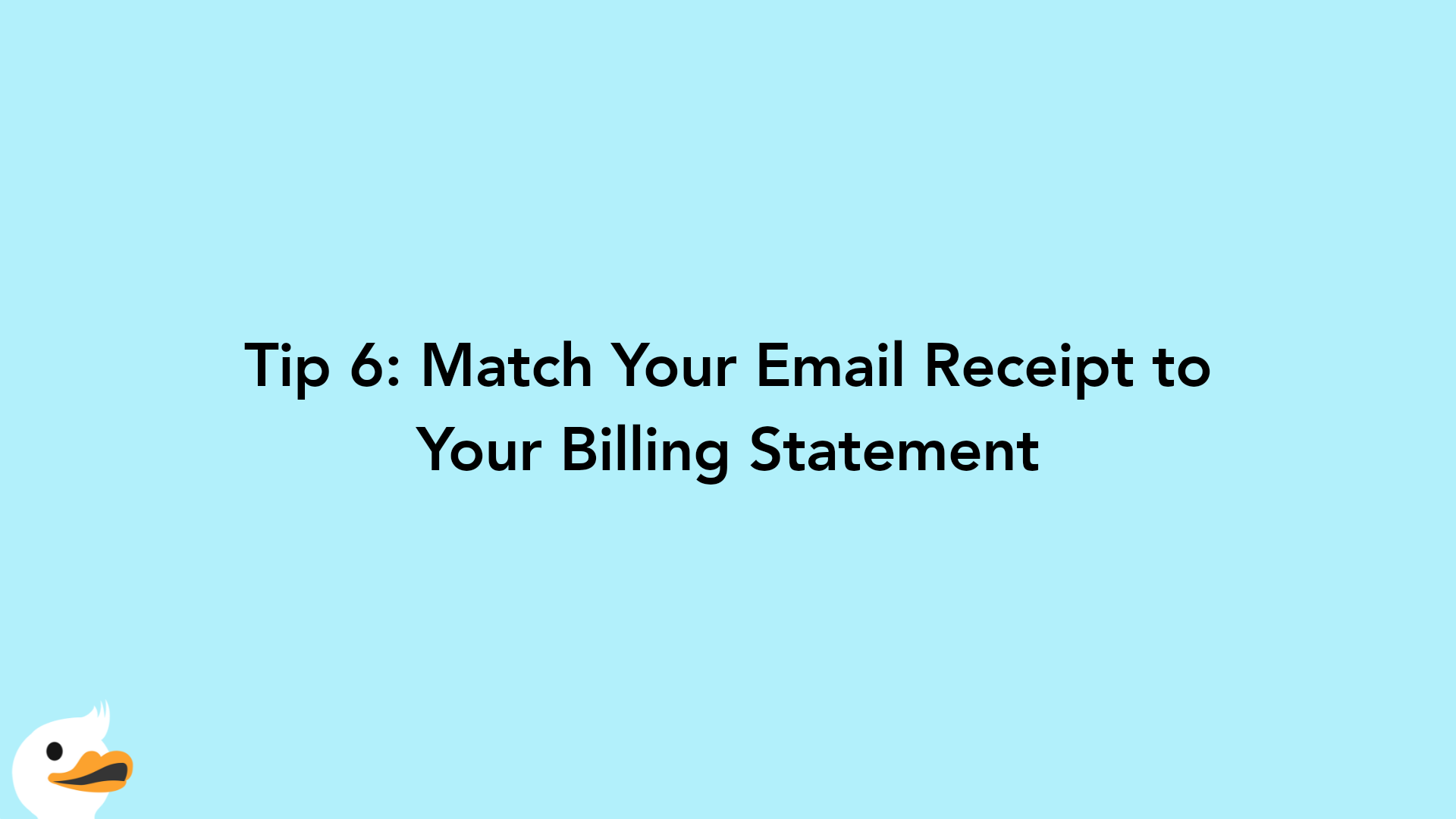
When you make a purchase online, the merchant usually emails your receipt or confirmation. You should always compare the amount on your receipt that you agreed to pay to the amount that was actually billed on your billing statement. Make sure the totals match.
Tip 7: Update Your Firewall, Anti-virus and Anti-spyware Applications

To minimize chances of malicious software, always keep your anti-virus and anti-spyware software on your computer up to date. Make sure it is from a reputable company, not something you got in a pop-up advertisement or as a link in an email. A trusted software company will constantly update their code to protect you from new attacks. These security patches usually update automatically.
Final Thoughts

If you lose your credit card or suspect fraudulent activity, contact your bank or credit card issuer immediately. They can block your card and account number so that no one can continue using it. Afterwards, they will give you a new card and account number. The fraudulent transactions will be investigated, and hopefully refunded to you. Remember, speed is critical to protect your money and credit score.
Credit cards can make our lives more convenient. However, as technology improves, so does the need for security. Remember the word “SCAM.” Be "S"tingy about giving our your personal information. "C"heck your financial information regularly. "A"sk periodically for a copy of your credit report. "M"aintain careful records of your banking and financial accounts. By following these tips, you can be confident that you are safely using your credit card online.



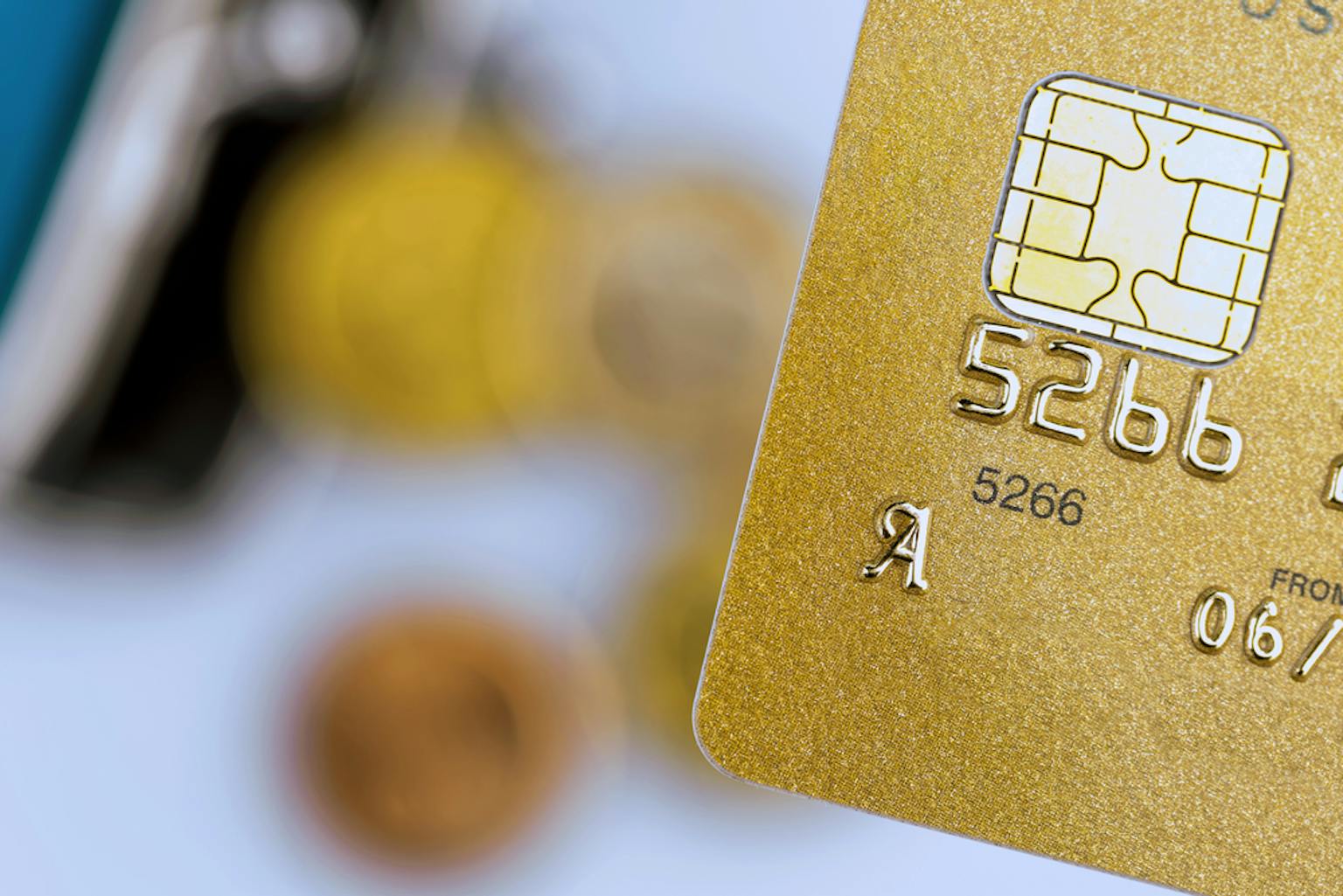



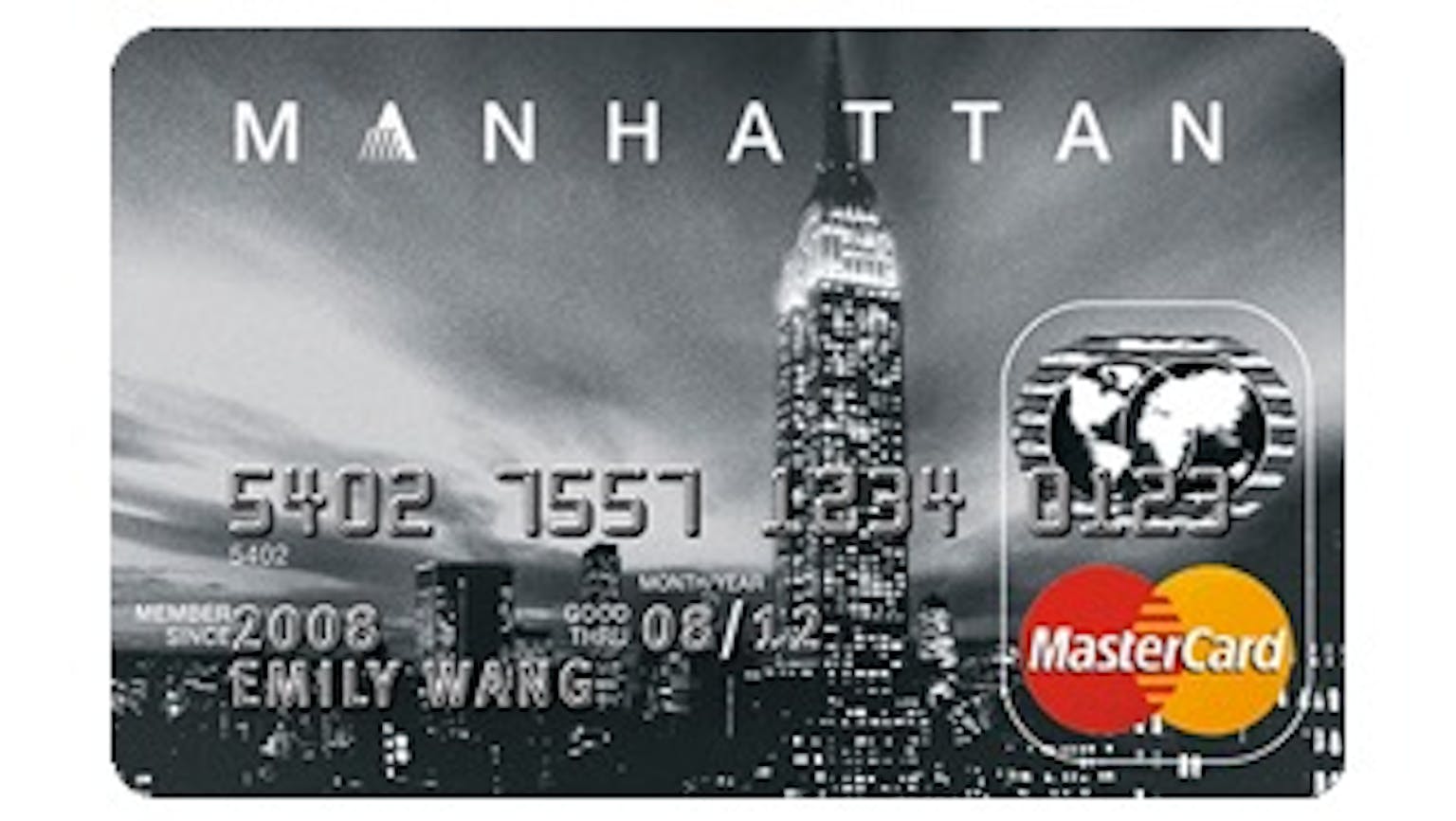

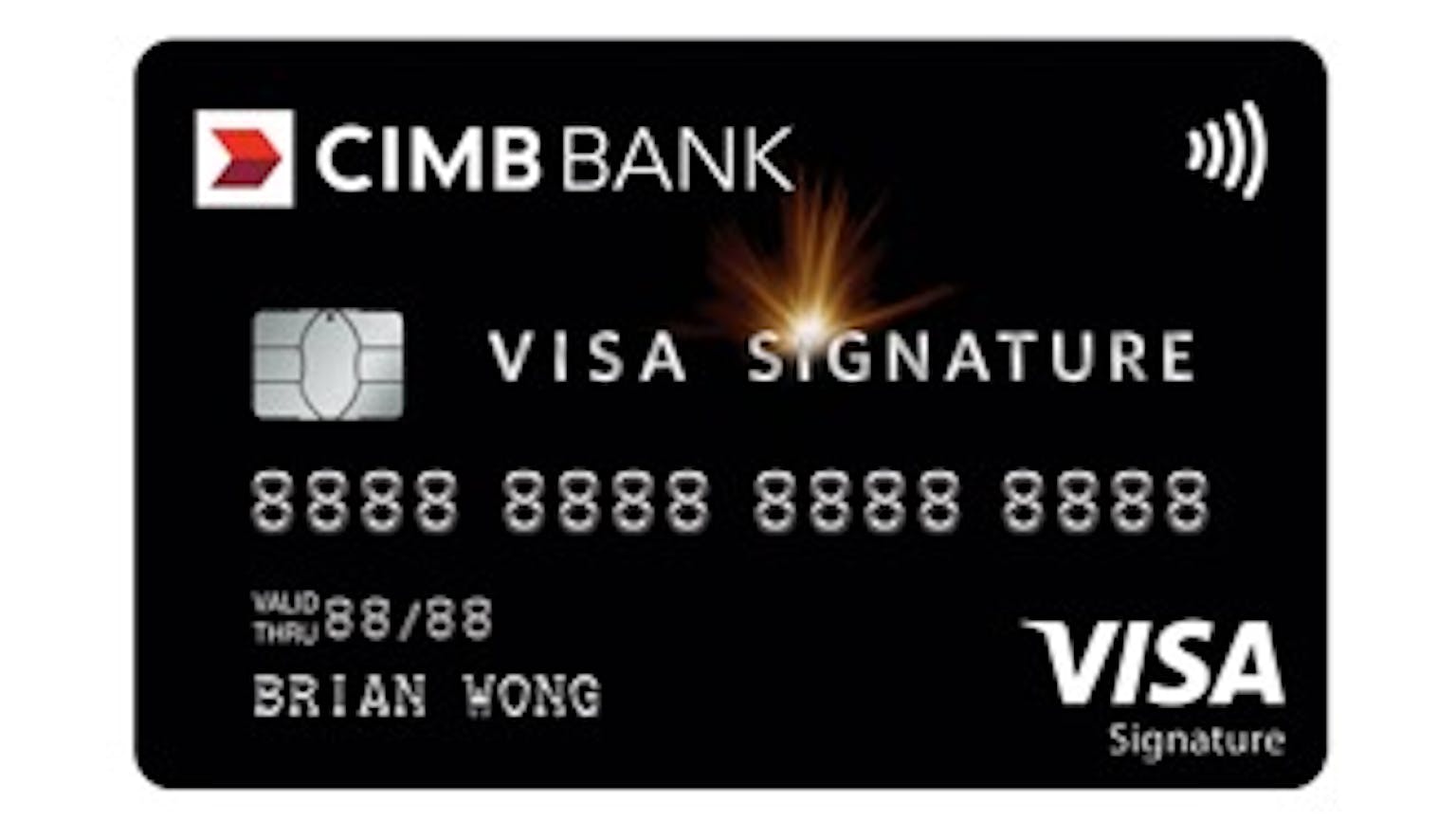
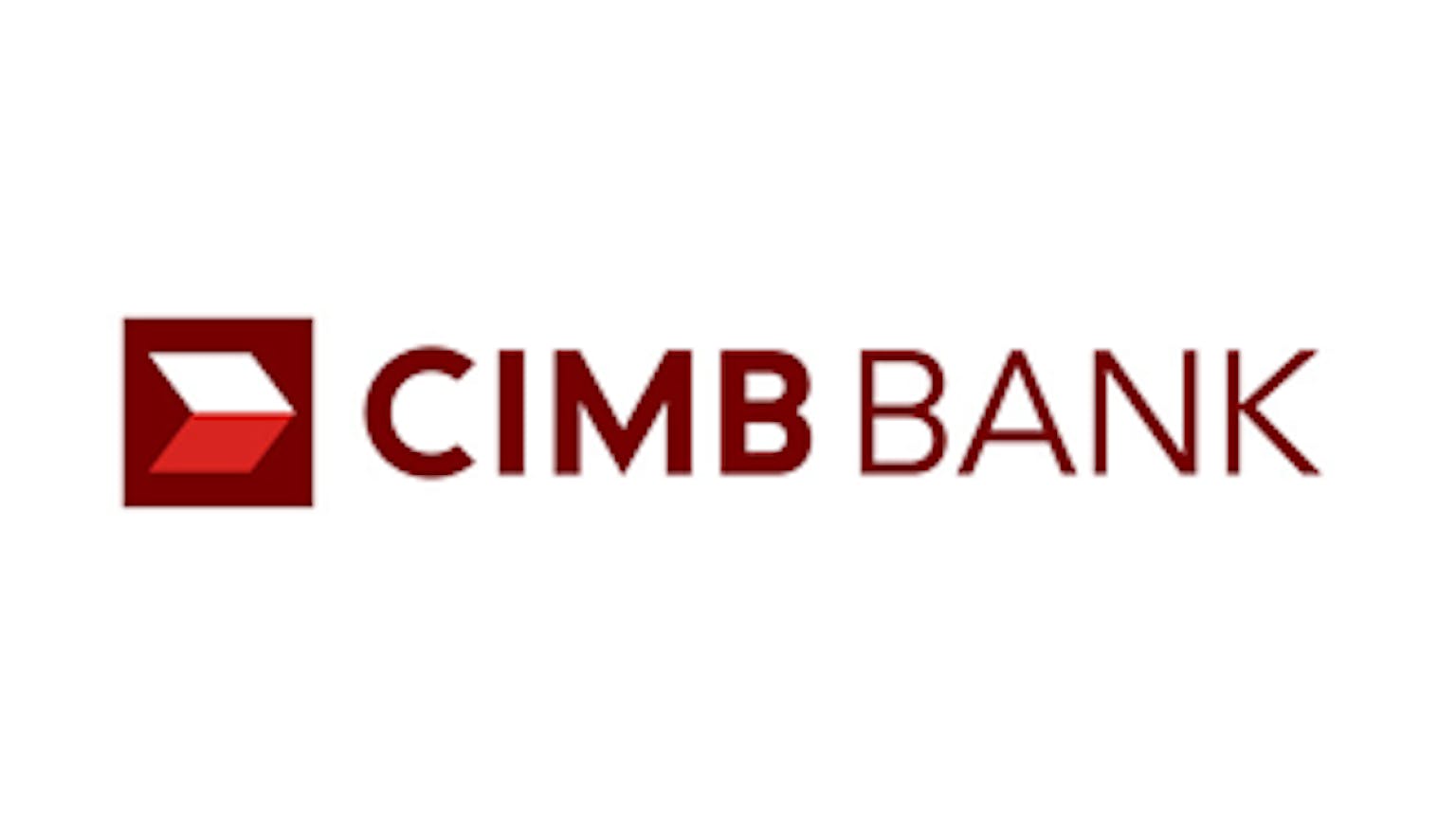
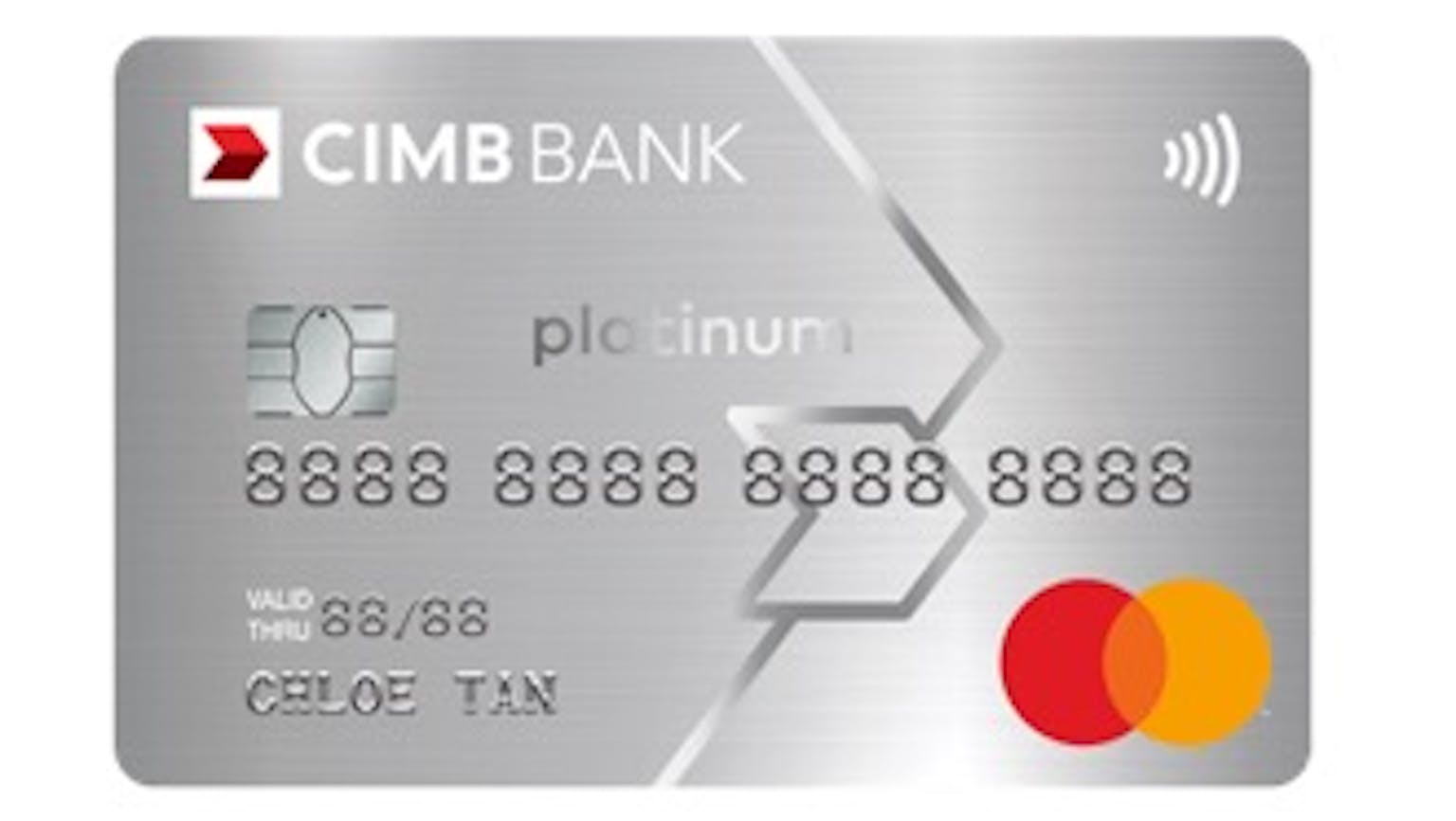
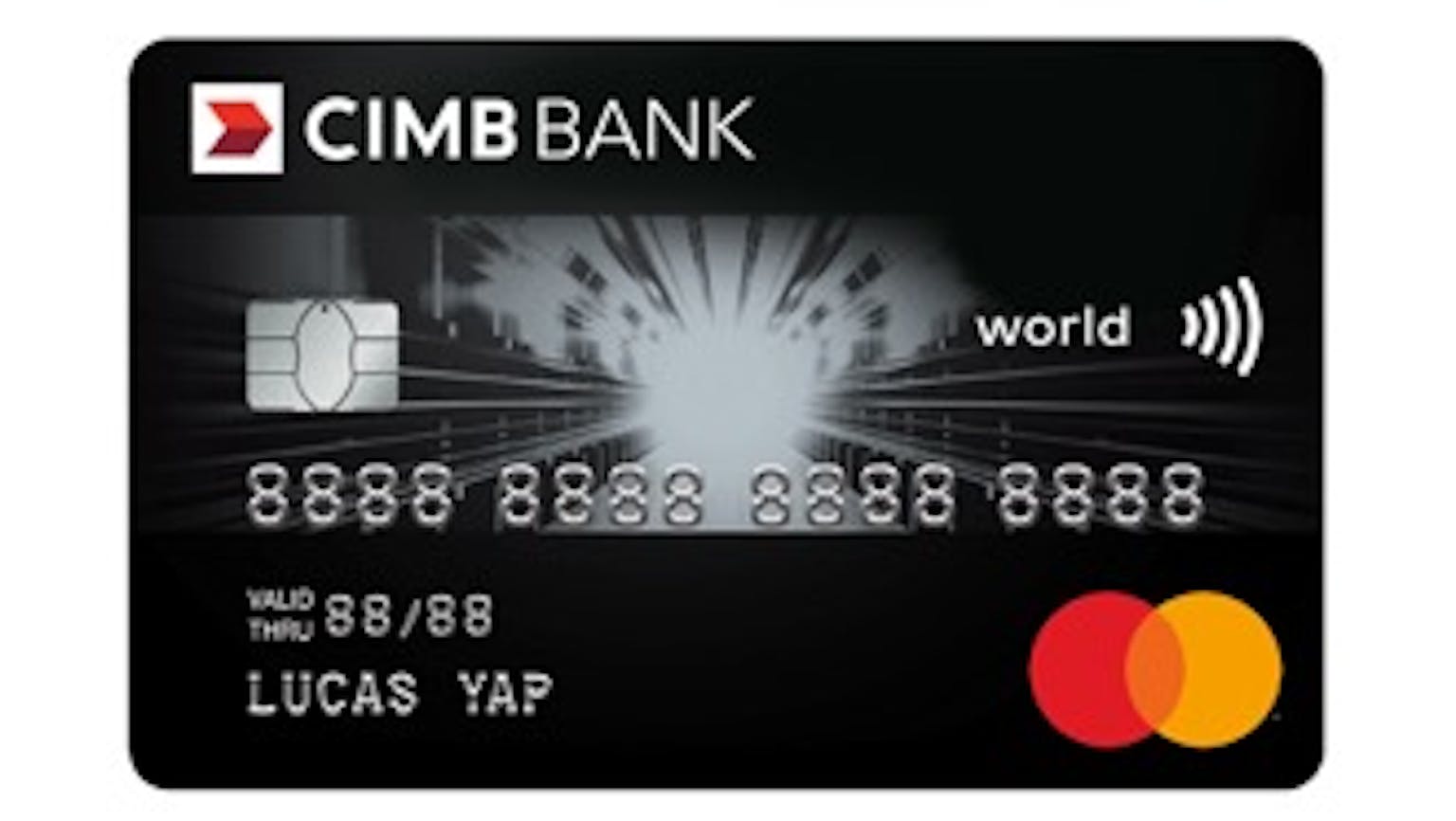

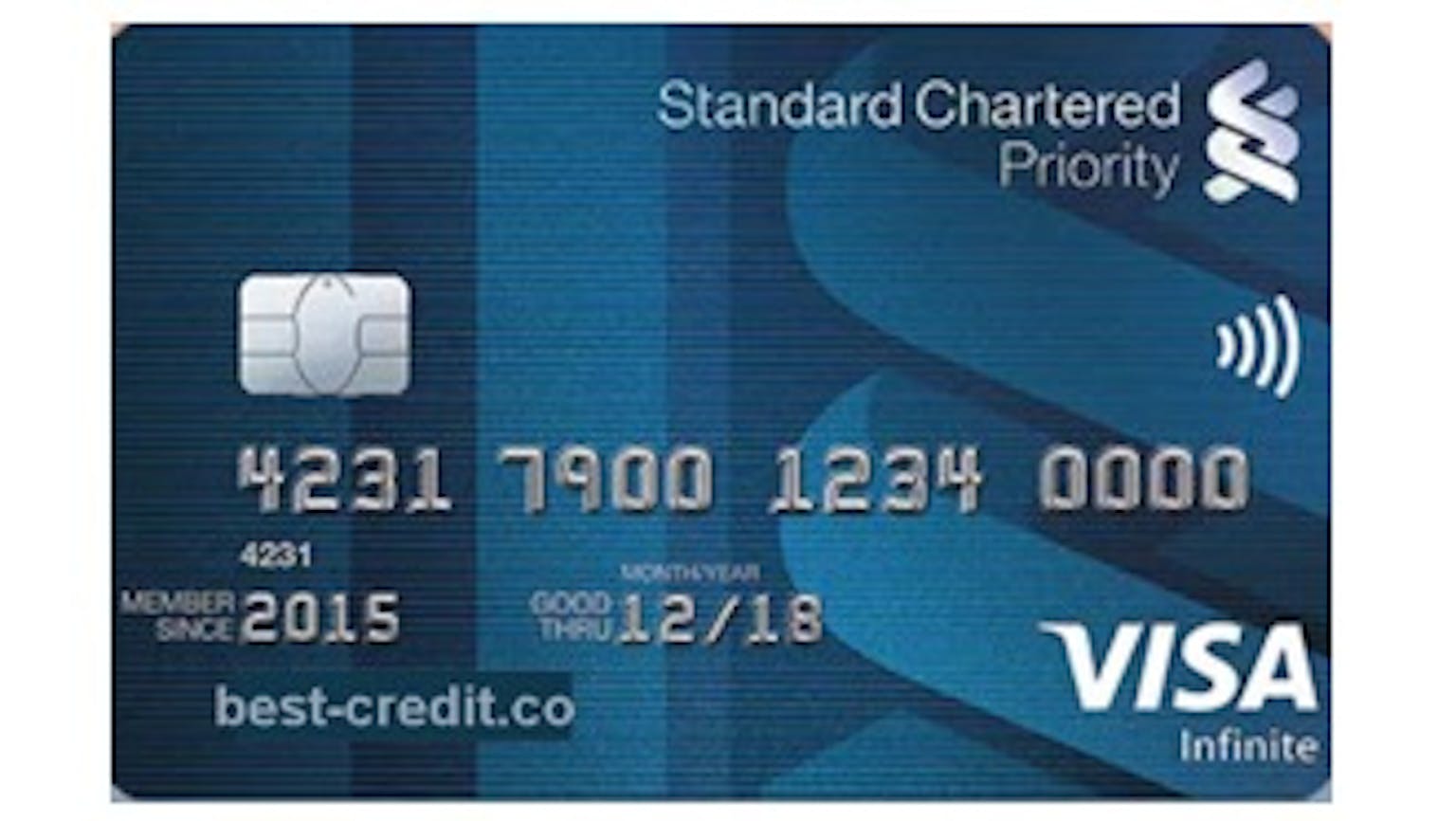

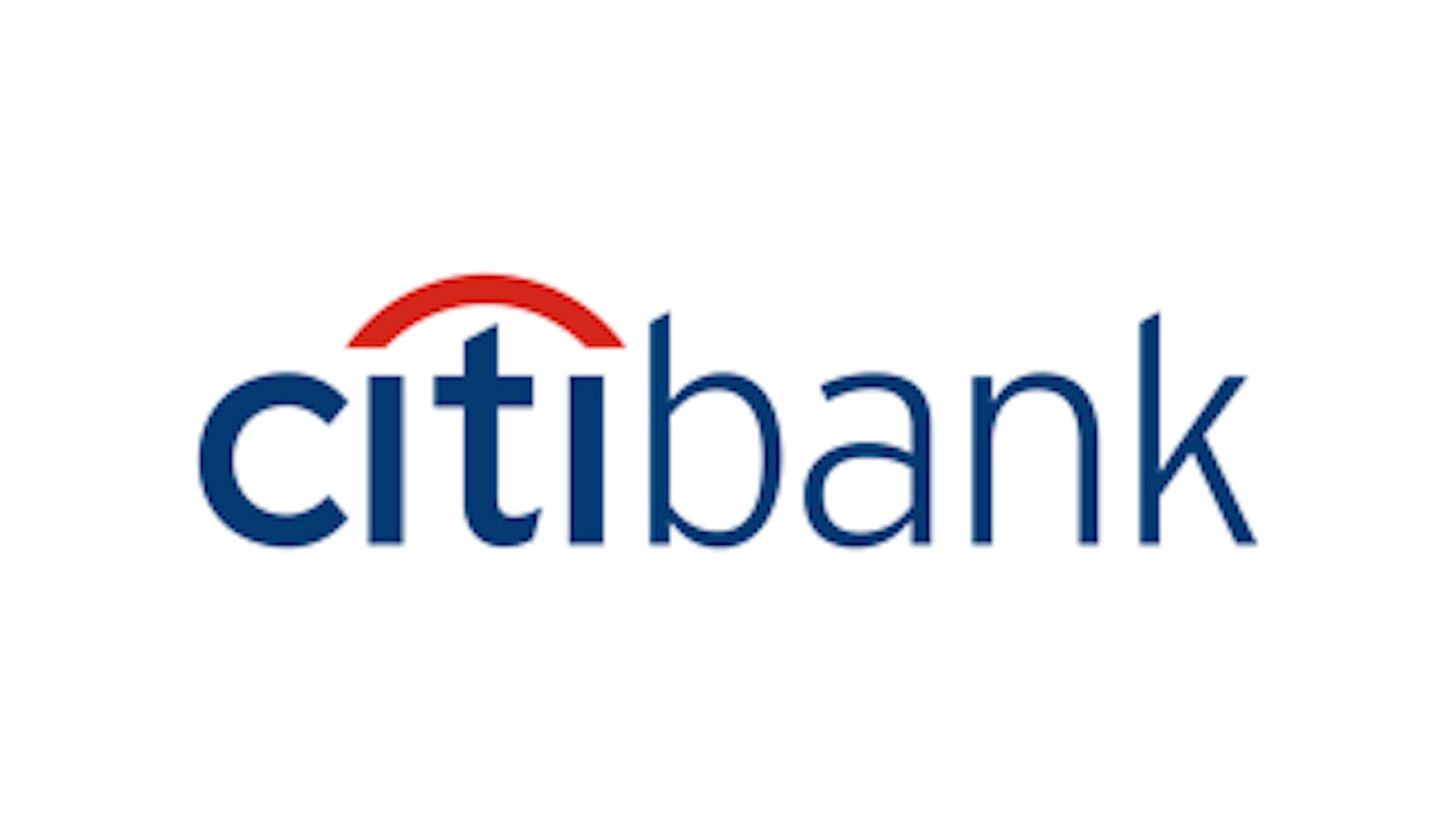
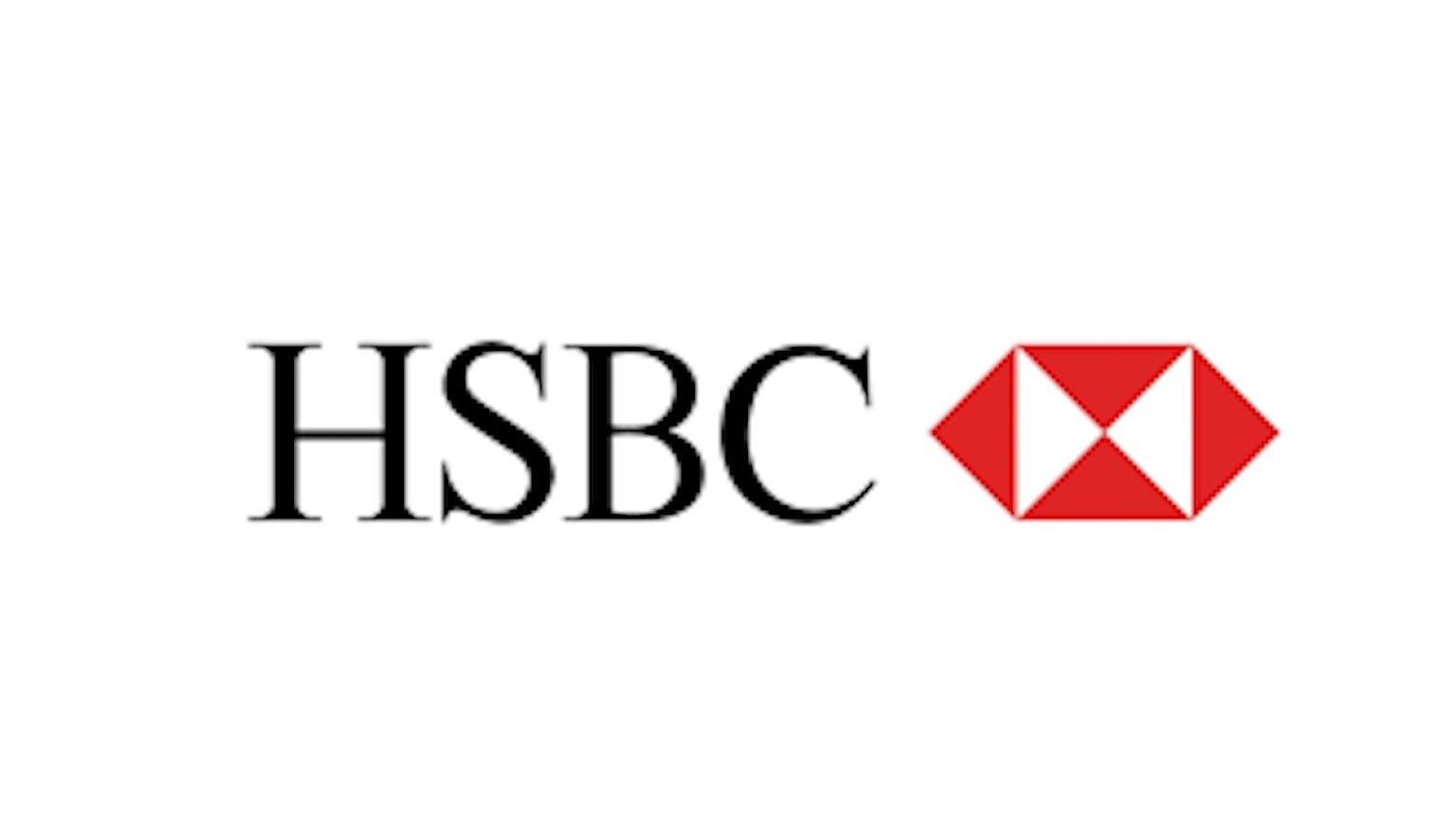
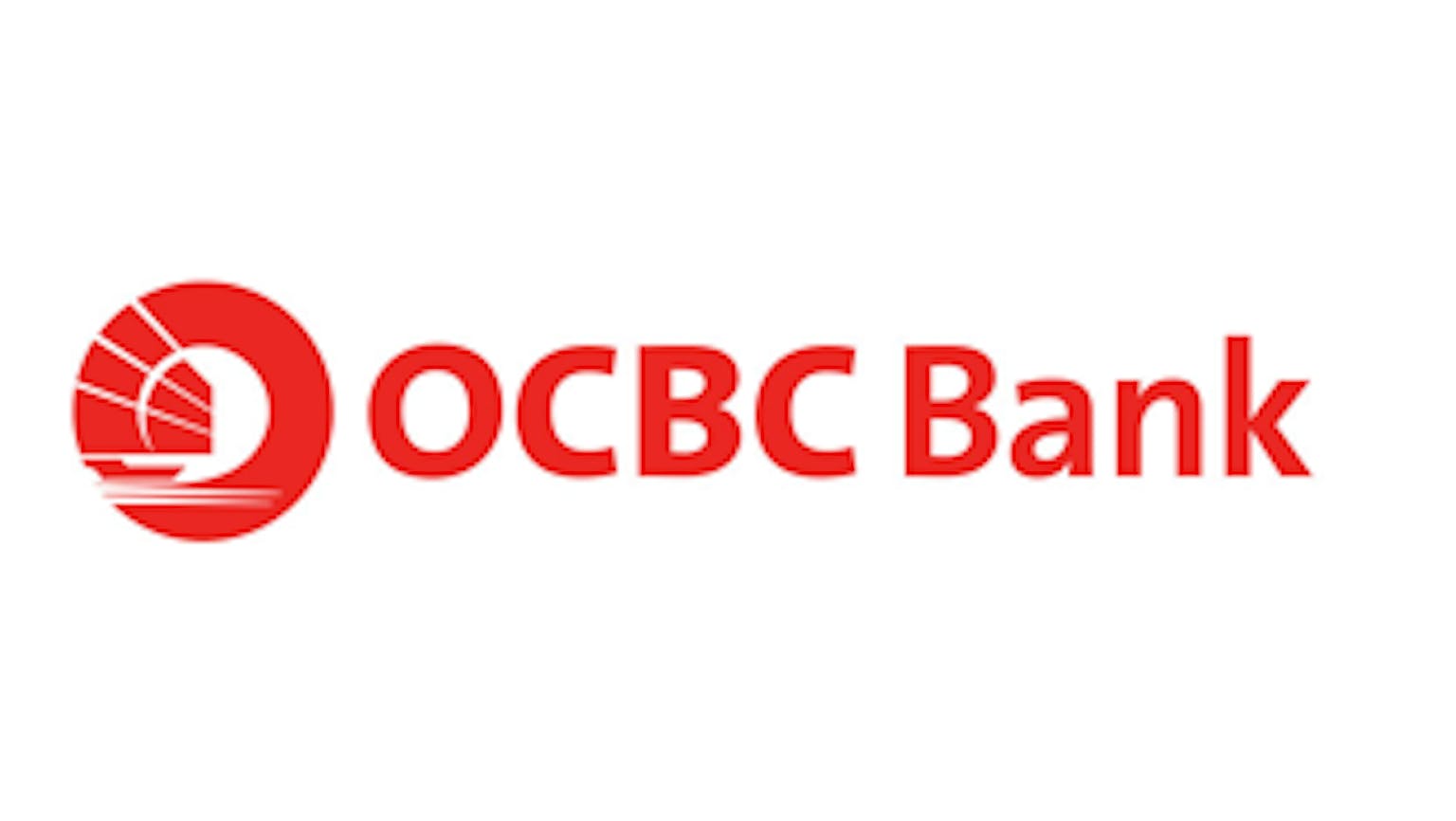
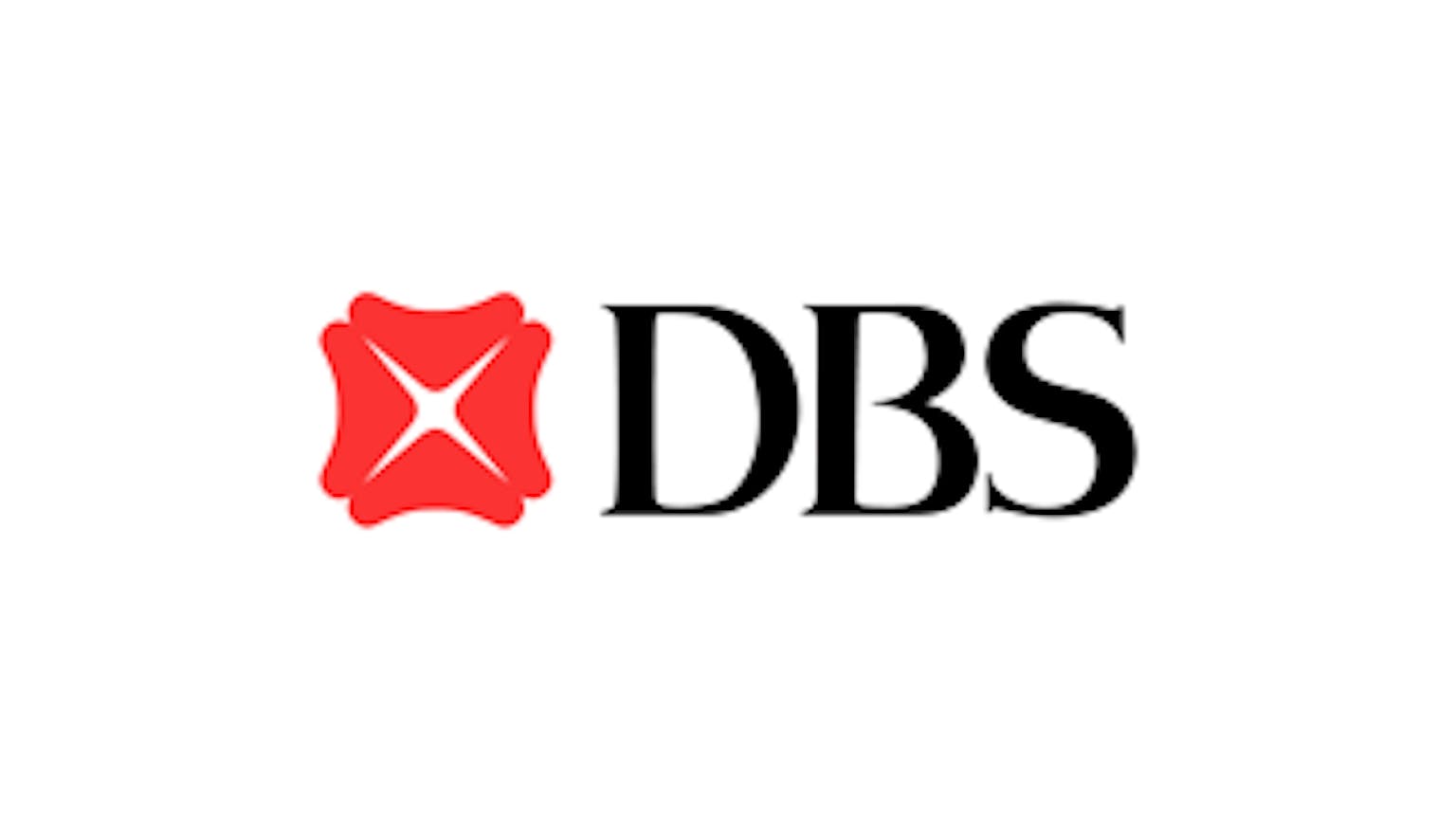

Please leave your knowledge and opinion!